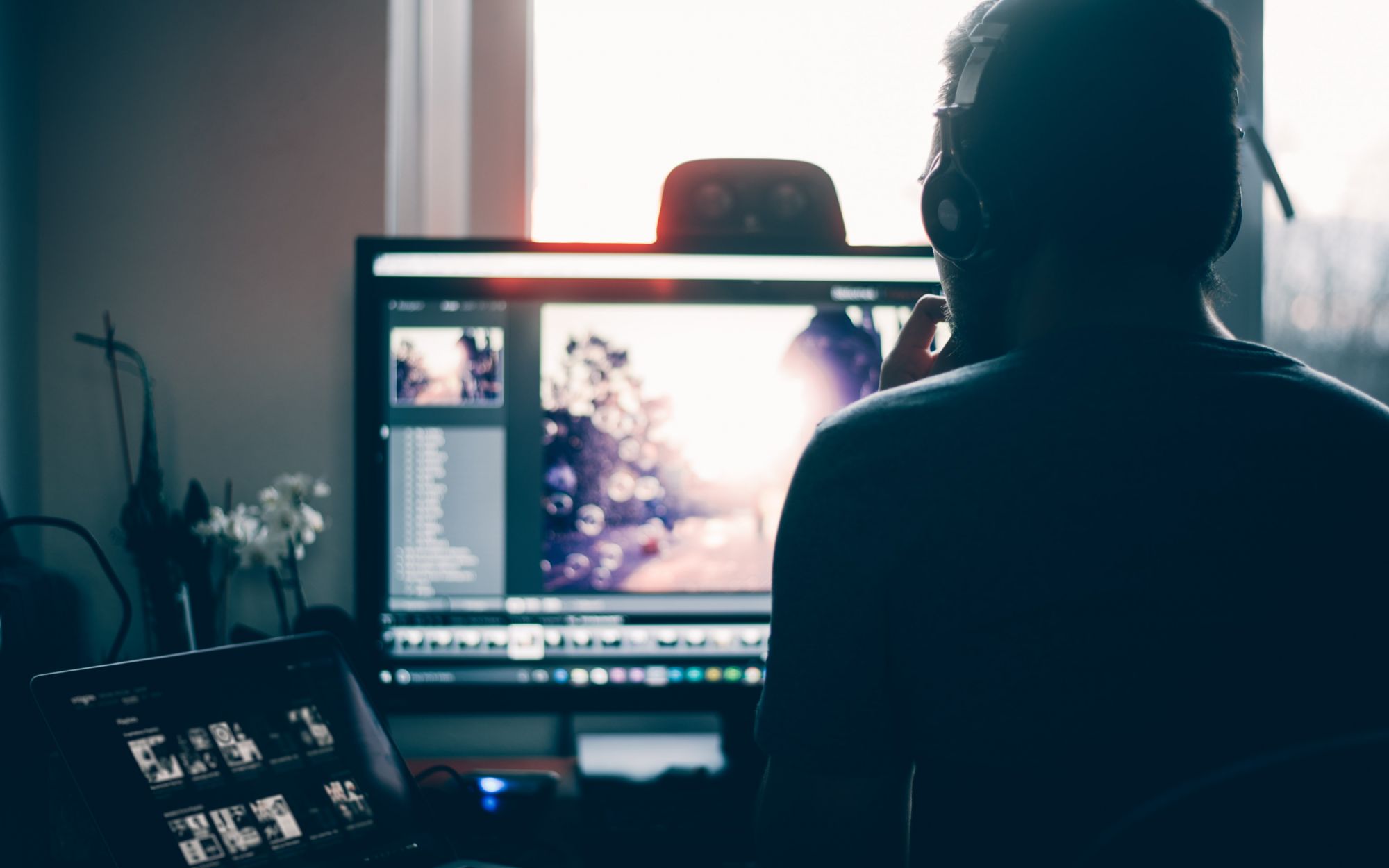AI as a buzzword may have entered human consciousness in the 21st century, but science fiction actually brought the concept into our minds all the way back in the 20th century. Through characters like the Tin Man in the Wizard of Oz and the humanoid robot impersonating Maira in Metropolis, the idea of intelligence demonstrated by machines has both fascinated and concerned humans for the longest time.
Now taking the concept from idea to reality, the AI of our modern times is being utilized in life's various sectors. From medicine to construction, finance, and social media, AI has the unique ability to quickly learn from copious amounts of data, enabling it to tackle some of our most challenging and tedious technological tasks One such task is photo editing. By integrating AI into photo editing practices, editing becomes less labor-intensive, helping us achieve desired results much faster. In this blog post, we discuss the present and the future of AI in photo editing, so keep on reading!

Why use AI to edit photos?
Editing photos is never easy. There are images that require hours of retouching and a myriad of different techniques depending on the desired results. But integrating AI represents a new realm of possibility for photo editors because it can automate many of the tedious tasks that take up an editor's time, making your work far easier. Let’s take a look at a few ways AI benefits photo editors
Automatically choosing the best photos
One of the core rules of photography is taking way more pictures than you need. This is based on the assumption that it takes a few (or many) takes to get it just right. But identifying that one perfect shot in itself can be a lot of work. By the time you get to the perfect one out of your bunch, your eyes might be too tired to recognize it as the best. Modern AI, however, can help you sort through your photos, automatically eliminating unsuitable photos and highlighting the best.
For instance, Adobe has implemented a "Best Photos" feature in Lightroom CC, which automatically detects the strongest shot from a series of similar images.

Upscaling low-resolution images
AI's ability to take low-quality images and upscale them into high-resolution files is one of the most talked about benefits in the photography community. And while it is, of course, possible to upscale photos manually through tools like Photoshop, AI will do the whole process faster. Not to mention, if you are new to the editing game, you are likely to make certain mistakes; mistakes that using AI will help you avoid.
Replacing skies easily
Ever take a picture and sort of hate the sky? Well, Skylum's Luminar is a tool that helps you get rid of or replace the sky in your picture with zero hassle. The tool itself is also incredibly easy to use. You identify an image, click a few buttons, and it will drop in a new sky automatically. And that's not all, you can adjust the sky's brightness, work with the horizon, or even relight the entire scene so that it matches the new sky's color and lighting.

Automatic masking
If you've been editing photos for a while, then you know that doing it selectively and replacing backgrounds takes up a lot of work. You would generally mask certain areas of the image, which involved carefully selecting subject edges and had the tendency of getting very tedious.
And just in case you're new to this, masking is the process of signaling to the editing program which parts of the photo to touch and which parts of it to leave alone. So let's say you want to brighten up a person's face, you might mask the person and only then apply an exposure adjustment only to the masked area.
But now, with software such as Topaz Mask AI, the process has become much easier. The program does most of the heavy lifting and makes tedious brushwork completely unnecessary.

What is next for AI and photo editing?
When it comes to photo editing, there are many uses for AI, across various fields of work. Photo editors can use these tools to enhance wedding photos, magazine covers, portrait shots, nature images, abstract work, event photography; the list goes on. It is believed that in the future this will lead to the development of specialized AI-powered software to serve specific needs, according to the requirements of each form of photography.
AI-based photo editing tools will become better at correcting mistakes and removing unwanted elements from a picture. There is a lot of research happening in this area; for example, a study conducted by Google Research and the University of California Berkeley shows how AI can remove unwanted shadows from an image.
And this, of course, is just the beginning. AI tools are likely to become increasingly helpful with tasks such as editing backgrounds or changing picture backgrounds in seconds while taking into account small details like a person's hair or clothes, adding natural-looking lighting, filling in missing parts that are selectively removed from backgrounds, and so on.


